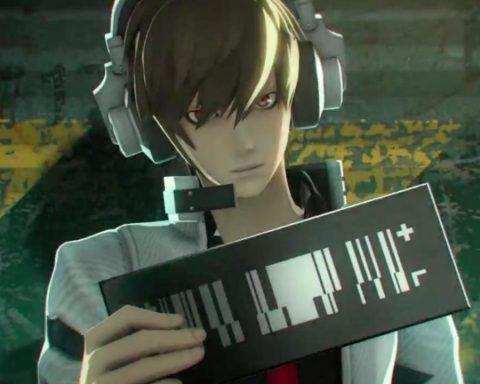Retro reflections by Nick H.
If the game mentioned in the headline sounds somewhat familiar, there is a good reason for that. A while back I was on a serious strategy/RPG kick, and was talking at length about the Shining Force series of tactical games. These were among my favourite titles on the Sega Genesis, and while I would love to see the series resurrected at some point, at least most people have heard of the games and recall them fondly.
However, I tend to get a very different response from those same people when I bring up Shining in the Darkness. Few people seem to immediately recall the game, despite the fact it has shown up in different compilations over the years such as Sonic’s Ultimate Genesis Collection, the Wii’s Virtual Console, and on Steam. Worse yet, I had several friends that tried the game and absolutely disliked it. Of course, they were never fans of the dungeon crawling genre, ignoring titles like Wizardry as well. Still, I was able to get them to play more obscure titles like Warsong and Nobunaga’s Ambition, but not a single one of my buddies growing up could bring themselves to play Shining in the Darkness for very long.
To this day, I fail to understand why.
To read on, please log in with your DDNet Premium account:









